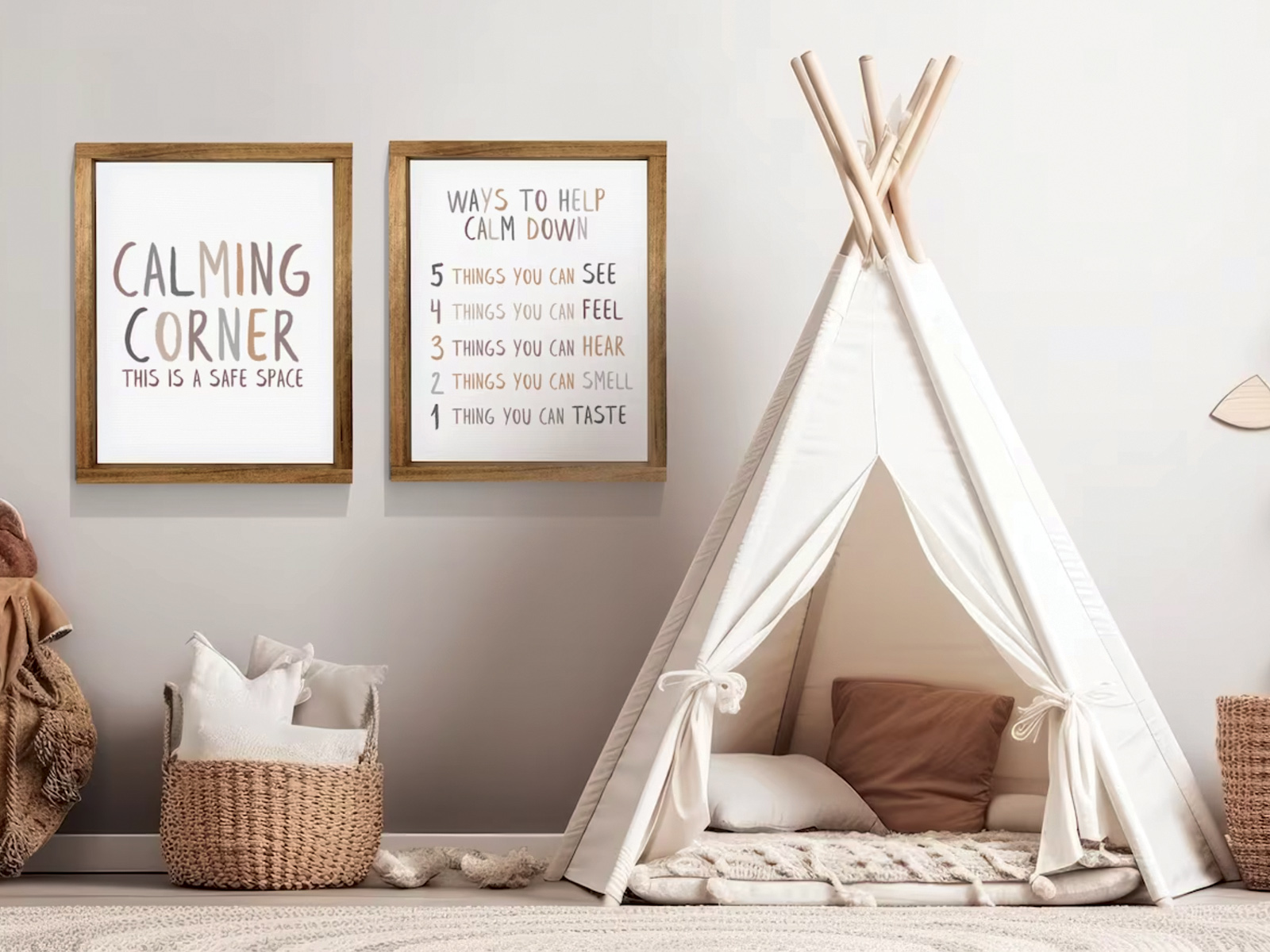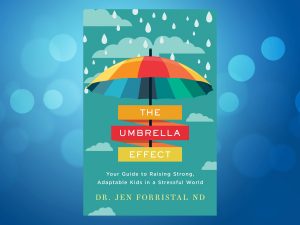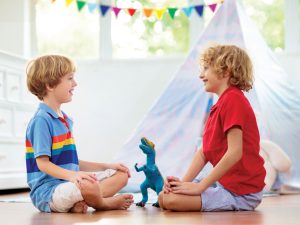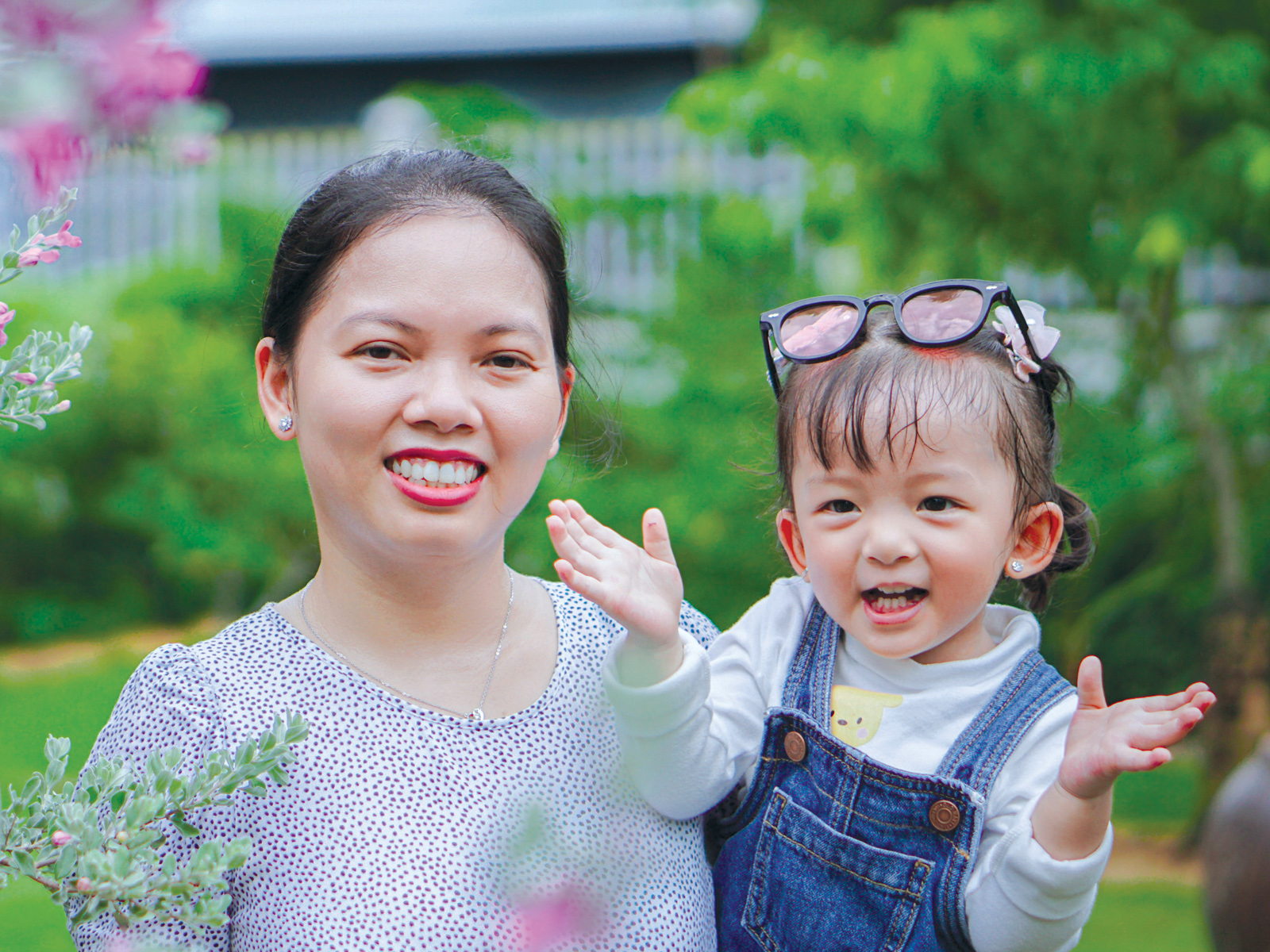Calm-Down Corners, or cozy corners, have been shown to provide a more positive experience for children than a classic time-out.
Many young families are creating safe and comfortable spaces that provide a private spot for child to spend time in when they’re upset, overstimulated, or needing to self-regulate.
Not necessarily in corners, these quiet spaces have blankets and pillows to sit with, sensory toys, and a few calming activities that will allow for mindfulness. A corner is ideally easily accessed by the child whenever they want some personal space or notice themselves feeling uncomfortable or upset.
How the process works
It’s important that these spots are only used after negative behaviour has occurred, and emotions are already at a high, but as break or relaxing/regrouping spots for reflection and time alone. Experts suggest that If kids’ only recognize the calm-down corner as a place they are sent as a punishment its effectiveness is lost. Rather it should be promoted and utilized as a special personal space where a child can learn to and self-regulate.
What to include
Many calm corners include graphic posters that teach kids about mindfulness tips, recognizing emotions, and different calming strategies (such as breathing techniques etc.). These additions are helpful because they clearly showcase the different teachings of emotional resilience in a visual way that children can interact with, and understand.
Many resources can be bought online or picked up in specialty shops. Other ideas for what to included are access to calming music, writing or drawing journals for older children, and positive artwork.
To make the most of your child’s Calm-Down corner., involve your child in the planning process. Ask them if they have any ideas of what helps them to calm down, and include their suggestions.
Talk and share ideas
Make sure there is a lot of communication between you and your child regarding the corner and its use.
1. Be consistent in when, and how all of you use the Calm-Down Corner
2. Create a set of rules that are followed in it.
3. Include children in the planning process
4. Teach kids when them when they should use their space and corner
5. Help them recognize physical signs they’re starting to become emotional. (Signs such as clenched jaws, throwing, and hitting are examples that your child can identify).
At the start
Especially during the introductory phase, go with your son or daughter to the Calm-Down Corner, express the need to calm down big emotions, and get started on a few calming activities.
The act of this is leading by example, and showing them how a Calm-Down Corner can be used effectively. Parents often report after the initial introduction period that children have integrated the use of the Calm-Down Corner on their own, and go into the space when they feel bigger emotions, not just when directed by parents.
After the Calm-Down Corner starts becoming used more frequently it is important to reflect with children about the feelings that cause them to enter it at first. Helping small children understand why they are feeling a certain way, and what made them feel that way, is a good step in helping identification of emotions. This will also help to strengthen skills processing of their emotions.
A successful intervention
Calm-Down Corners have seen increased usage in recent years. With a group of children whose formative years were during a global pandemic, it is easy to understand why some kids struggle with social skills in ways generations before them did not. Creating Calm-Down Corner offers an ideal solution that allows for kids to learn these skills in a practical way at home and even at school or playgroups.
Kylie MacKenzie is an intern at Canadian Abilities Foundation.













